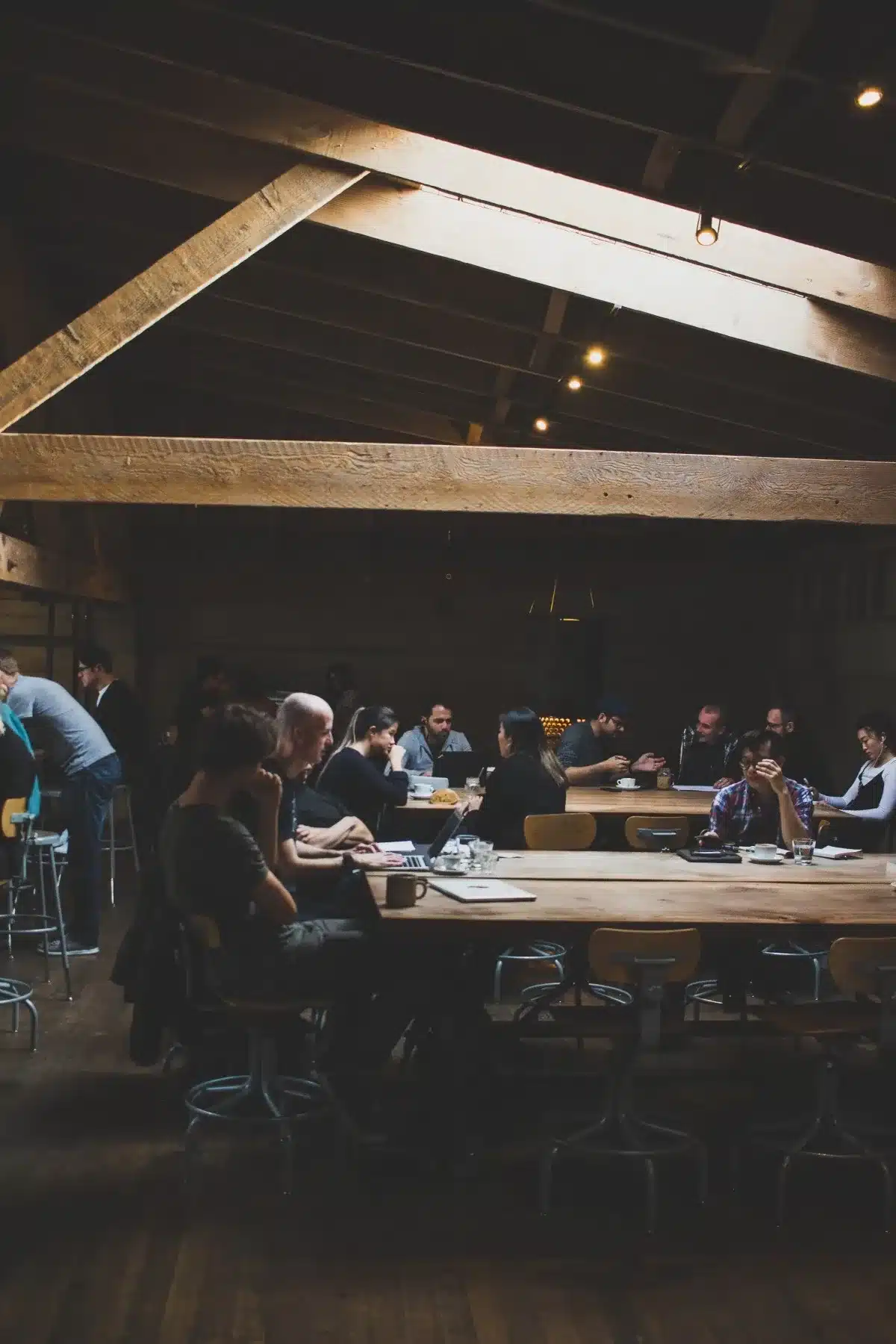Restaurants, Gym, Religious Organisation are common Superspreader sites: Study

Photo by Elijah Hiett on Unsplash
Some part of the world is still grappling to the first wave of COVID-19, some part of the world started experiencing the second wave of the pandemic. As the winter is knocking on the door, in the northern hemisphere of the planet, fear of a surge in cases is visible around. Numerous European countries have reported a surge in cases and imposing new restrictions and lockdowns. After the presidential election in the US, the number of reported COVID-19 cases is in the range of 166,000 with no respite in sight. There are numerous studies carried out to find a way to avoid infection while keeping the business ongoing.
The study was carried out by researchers from Stanford University based on cell phone network data tracking the hourly movement of 98 million people from March through May. The study was carried out in ten of the largest metropolitan areas in the US including New York, San Francisco, and Los Angeles, and information were brought into an epidemiological model. It looked at primarily three factors: Places people go during the day, duration of stay, and how many other people are visiting the same place at the same time.
Spike in infections is attributed to ‘superspreader’ sites, such as coffee shops, full-service restaurants, religious organizations, and gyms, where people are close together for extended periods of time. It concludes that a small minority of superspreader places account for a large majority of infections. The study also observes that higher infection rates are among disadvantaged racial and socioeconomic groups. Disadvantaged people have not been able to reduce mobility as sharply. They are less likely to work from home. The common places, they visit are more crowded and therefore higher risk.
The team of researcher recommends limiting the capacity of these locations which lead to a spike in infection. Limiting capacity in these locations may lead to a reduction in the number of infections by as large as large 75%
Th team believes that model can be used as a tool for the officials to find a way to open the businesses with an aim to reduce to infections in long run.
The study was published in the journal Nature.
Observer Voice is the one stop site for National, International news, Sports, Editor’s Choice, Art/culture contents, Quotes and much more. We also cover historical contents. Historical contents includes World History, Indian History, and what happened today. The website also covers Entertainment across the India and World.

